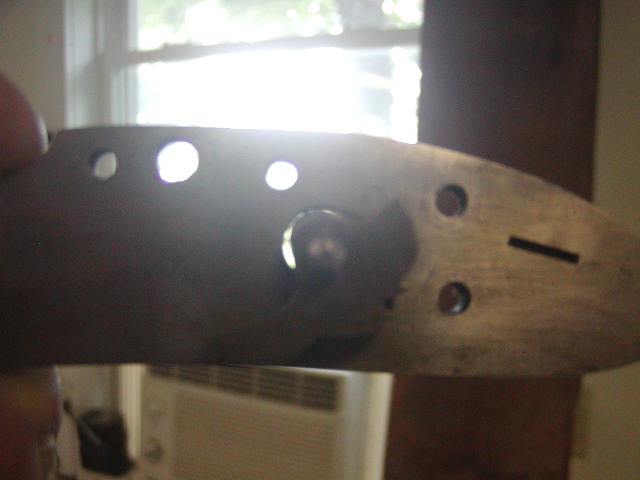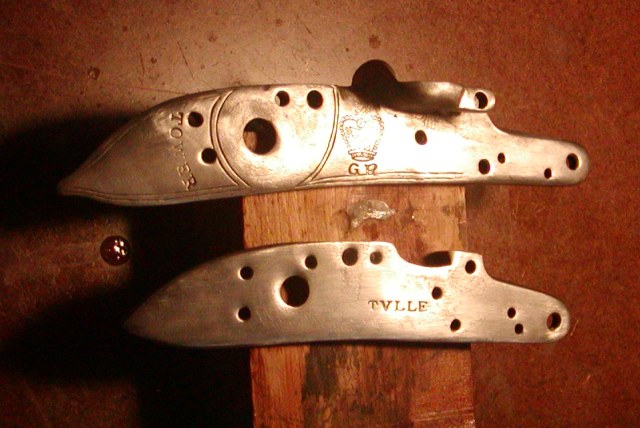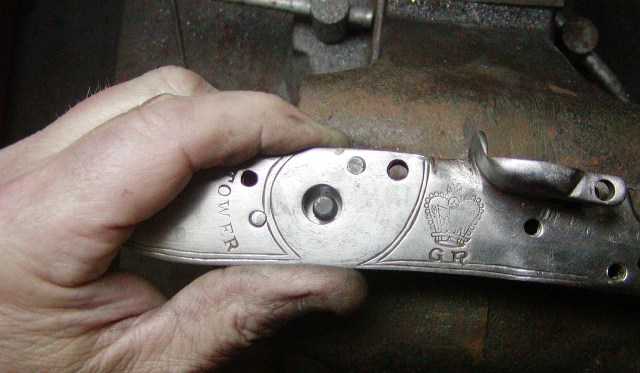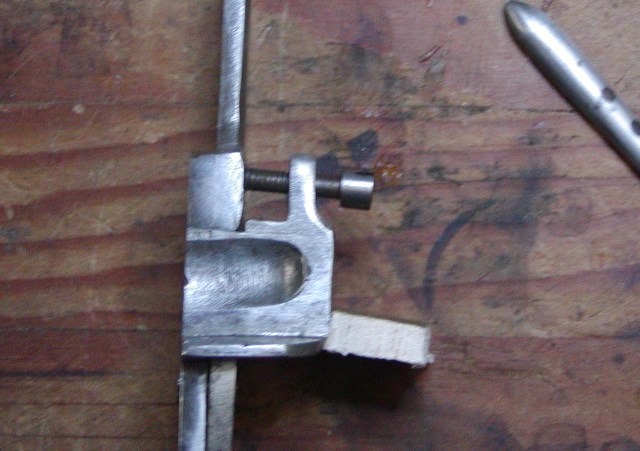Most of the India guns seem very similar. I always assumed they used the same group of shops; an older Bess I have has Udairpur (sp.?) marked on the barrel. I seem to recall Vet Arms saying they disassemble and stain their muskets here at their shop. One thing to do is read the importer's statements on their site. I ordered 2 or 3 muskets years back from Vet and they were nice to deal with, very responsive. I'd order from them again if needed. Also check out their new Bess Bayonet, with the clever fitting feature. The India-mades certainly seem to fill a needed niche in the re-enacting world.
The one from middlesex looked it was finished with some type of spray on varnish, had clumped up spots in the seems around the lock. The veteran arms one was done better, hand finished i think. Middlesex certainly does not provide anything close to what is pictured in their catalog.










